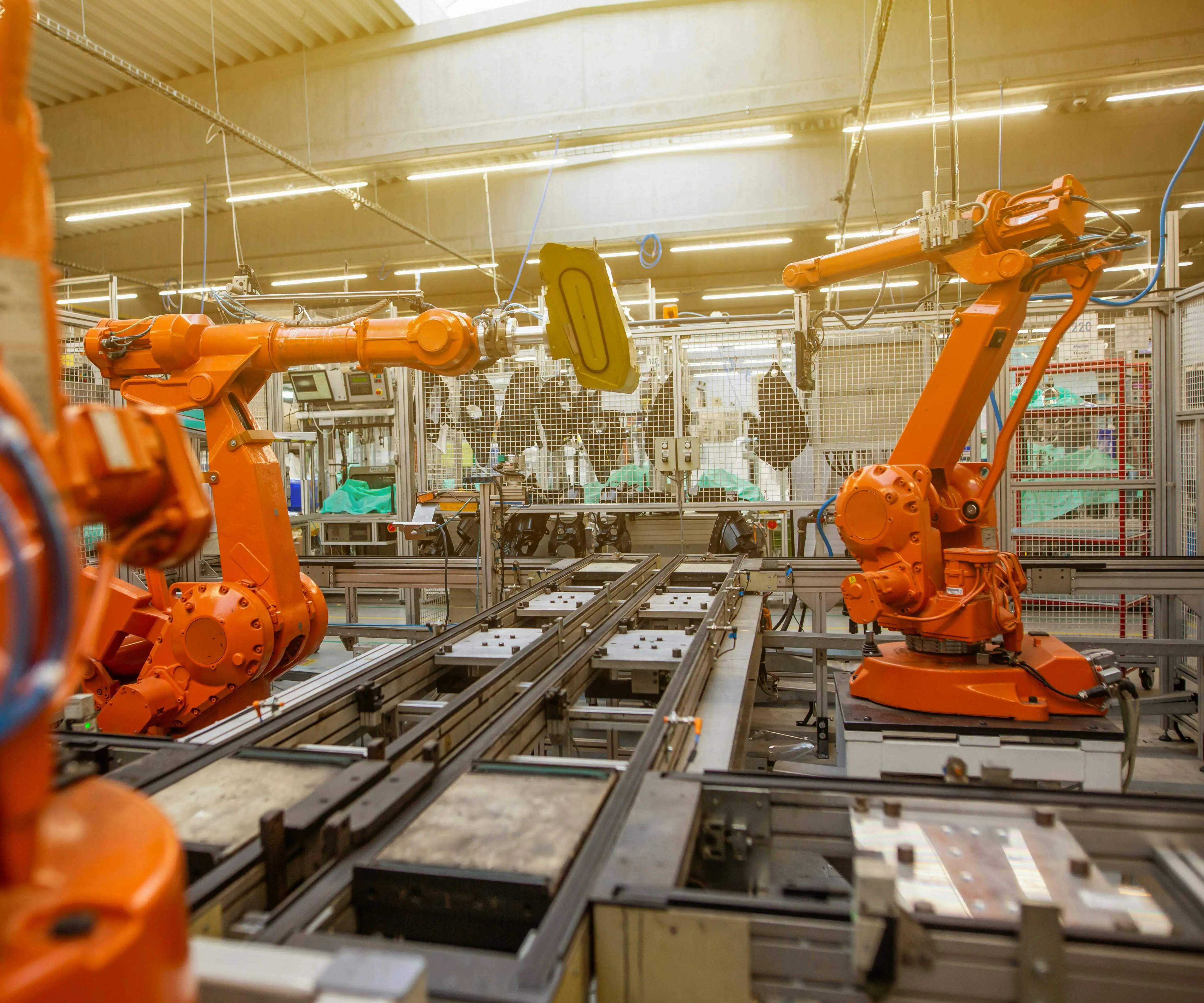In the world of marine adventures, nothing quite compares to the thrill of gliding across shimmering waters in your boat, powered by a well-maintained outboard motor. These marvels of engineering are designed to deliver power and dependability, ensuring that every trip is smooth and exhilarating. But beneath their sleek exteriors lies a complex system that demands attention—particularly the gear lubrication system. At the heart of this system is a critical component: the gear oil pump.

Understanding the role of a gear oil pump in an outboard motor is like unlocking the secret to safe, efficient boating. It may not be as glamorous as the shiny propeller or the bright paint job, but its function is fundamental to the health and longevity of your engine. A gear oil pump acts as the circulatory system of the gear assembly, ensuring that gear oil flows smoothly and consistently to lubricate the gears, bearings, and other moving parts within the lower unit.
Why is proper lubrication so vital? The answer lies in the extreme conditions to which these components are subjected. Outboard motors operate in environments that combine water, dirt, salt, and varying temperatures—each threatening the integrity of the engine parts. Without adequate lubrication, parts wear prematurely, friction increases, and the risk of costly repairs or catastrophic engine failure mounts.
Imagine trying to run a marathon without water or rest—your body would quickly overheat, your muscles would strain, and you’d be sidelined far sooner than expected. Similarly, an outboard motor needs a steady supply of gear oil to prevent overheating, reduce wear, and operate at peak performance. The gear oil pump is the mechanism that keeps this supply flowing.
Typically, gear oil pumps in outboard motors are designed either as mechanical or electric systems. Mechanical pumps are often driven by the engine’s crankshaft or drive shaft, making them simple and reliable. Electric gear oil pumps, on the other hand, provide more control over oil flow, especially useful in larger or more sophisticated outboard models. Regardless of their type, the core concept remains the same: to deliver the right amount of gear oil to where it’s needed most.
The process begins with the pump drawing oil from the gear oil reservoir or sump. From there, it pressurizes the oil and pushes it through channels that lead directly to the gears and bearings. This pressurized flow ensures that every moving part receives an adequate lubricating film—preventing direct metal-to-metal contact.
Ensuring the gear oil pump functions correctly isn’t just a matter of installing it and forgetting about it. Regular maintenance, including checking for blockages, leaks, or worn components, guarantees consistent oil delivery. A failing gear oil pump can lead to insufficient lubrication, which manifests in symptoms such as excessive heat, difficulty shifting gears, unusual noises, or even decreased fuel efficiency.
Choosing the right gear oil pump for your outboard motor depends on several factors. Size and power ratings, compatibility with the engine model, and whether the pump is mechanical or electric all influence the decision. Modern marine engines are increasingly equipped with integrated oil management systems that incorporate electronic sensors and controls to optimize lubrication, adding an extra layer of reliability and performance.
When it comes to installation, proper positioning of the gear oil pump is vital. The pump must be situated where it can access the oil reservoir easily and where its discharge lines can connect directly to the lower unit without kinks or obstructions. A well-installed pump minimizes the risk of air pockets, leaks, or oil starvation—each of which could compromise engine health.
Beyond installation, routine inspections are key to ensuring the gear oil pump continues to do its job effectively. Checking oil levels, observing for any signs of leaks, and listening for unusual noises can prevent minor issues from escalating into major repairs. Many boat owners find that integrating a schedule for gear oil pump inspection saves money and extends the life of their outboard motor.
In summary, the gear oil pump may not be the most talked-about component of an outboard motor, but its importance cannot be overstated. It is the silent guardian of your marine engine's health, continuously working behind the scenes to keep your boat running smoothly. Whether you’re a seasoned mariner or a weekend warrior, understanding and maintaining your gear oil pump unlocks the full potential of your outboard motor and ensures countless enjoyable voyages across your favorite waters.
Stay tuned for the next part, where we’ll delve into tips for selecting the right gear oil pump, maintenance practices, troubleshooting common issues, and how to keep your outboard motor performing at its best over the years.
Leveraging innovations in modular drive technology, Kpower integrates high-performance motors, precision reducers, and multi-protocol control systems to provide efficient and customized smart drive system solutions.




































